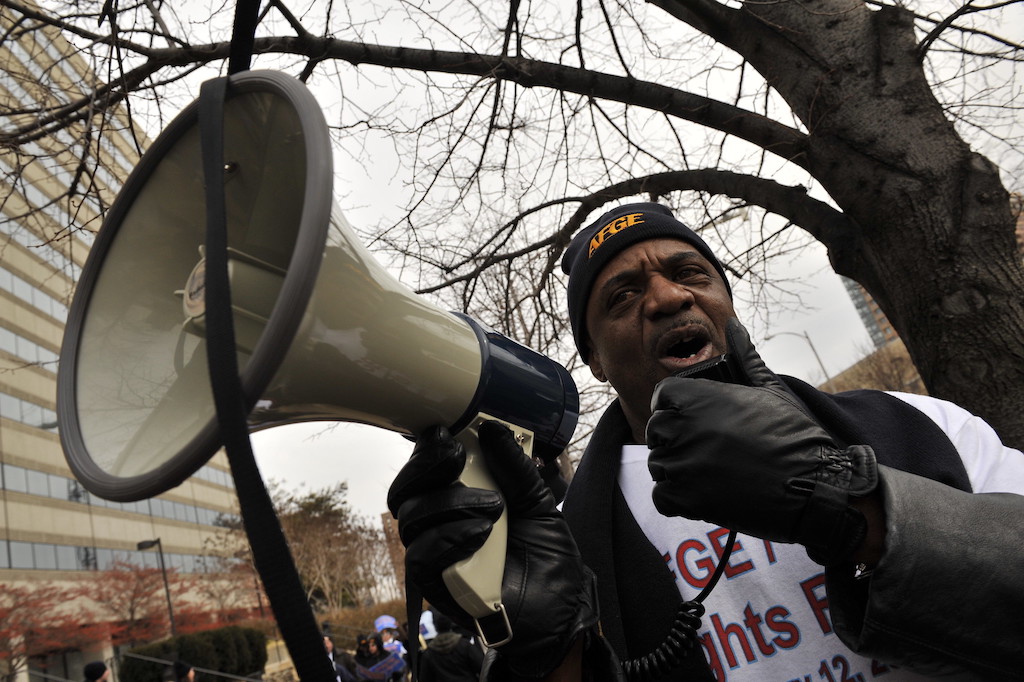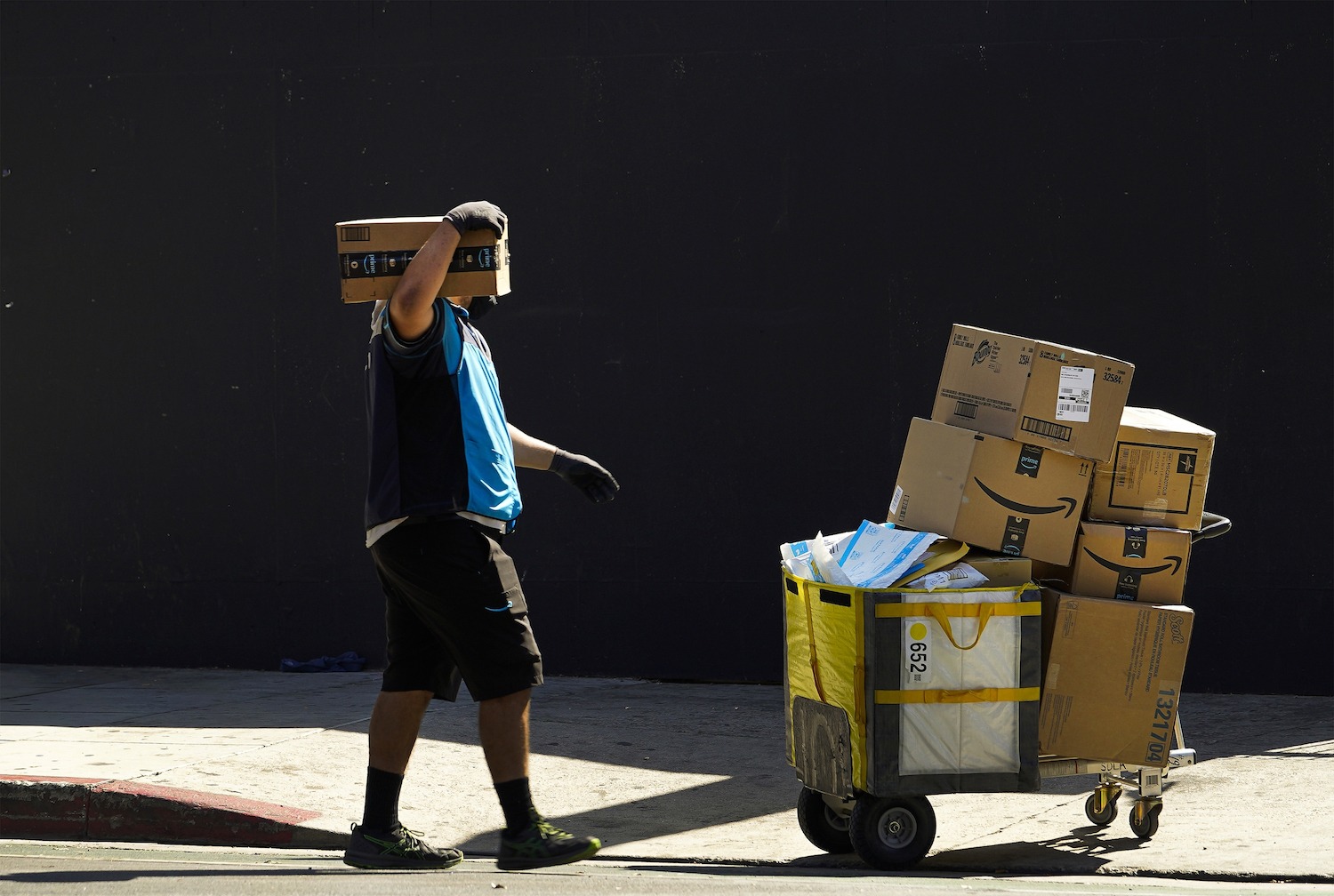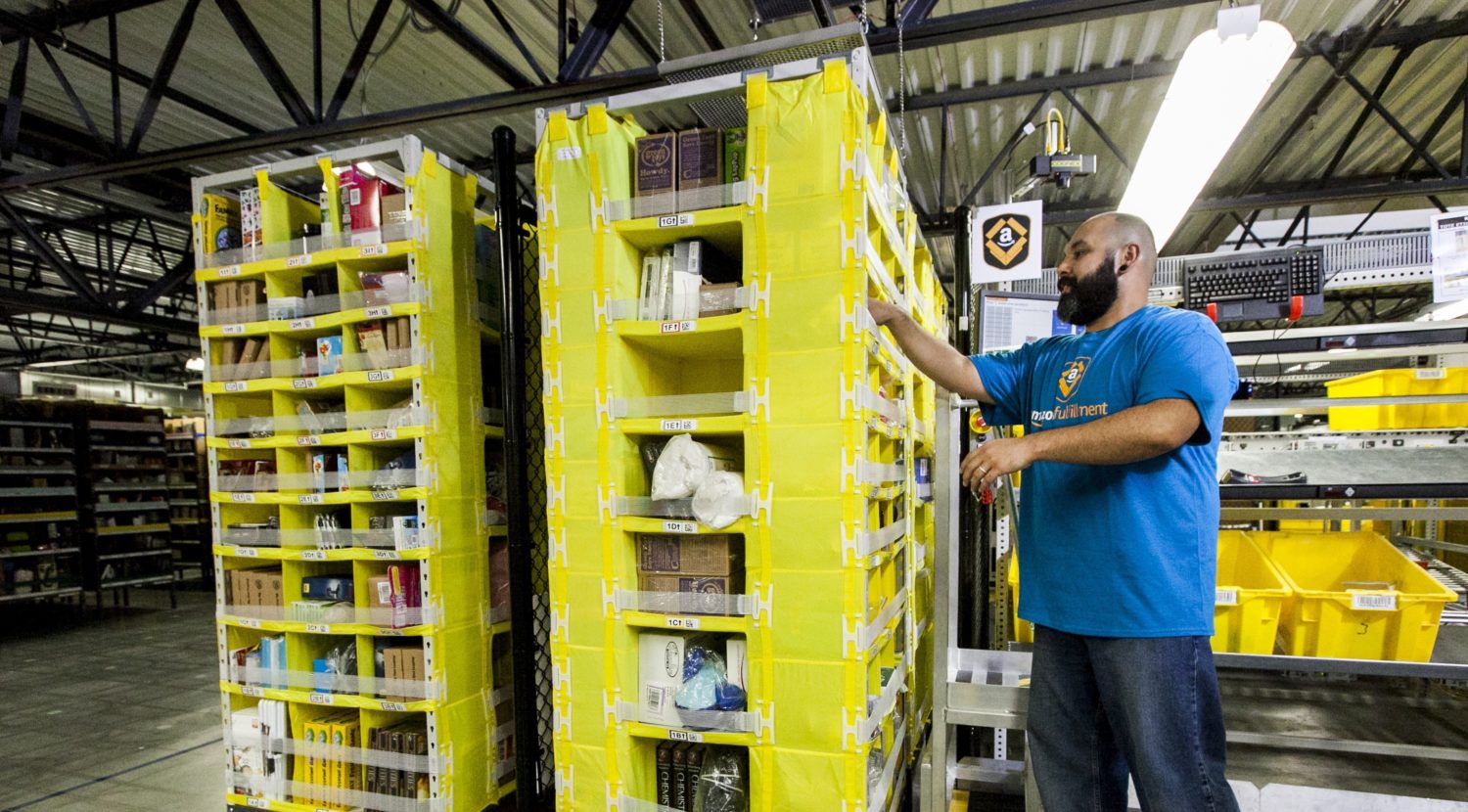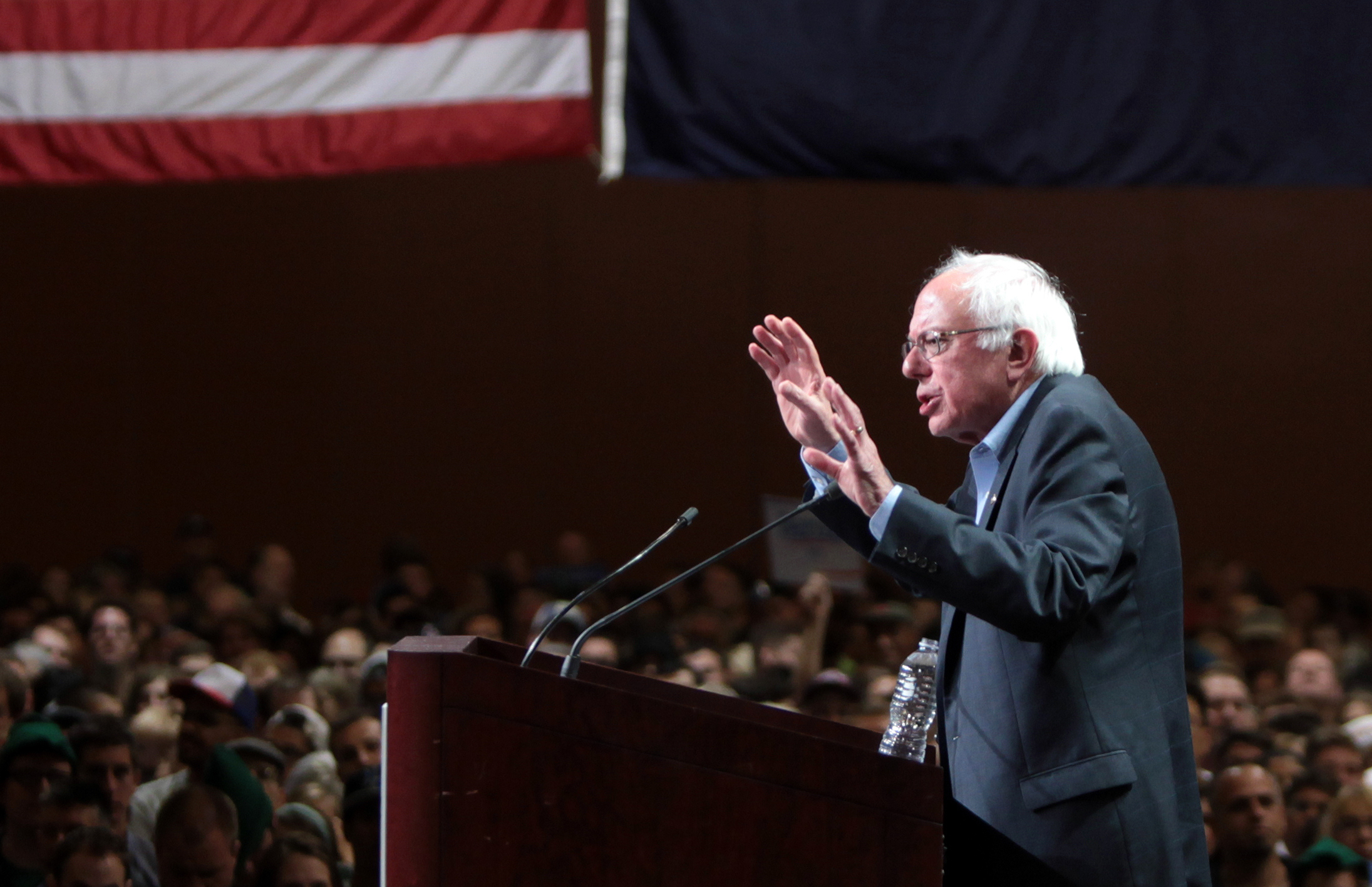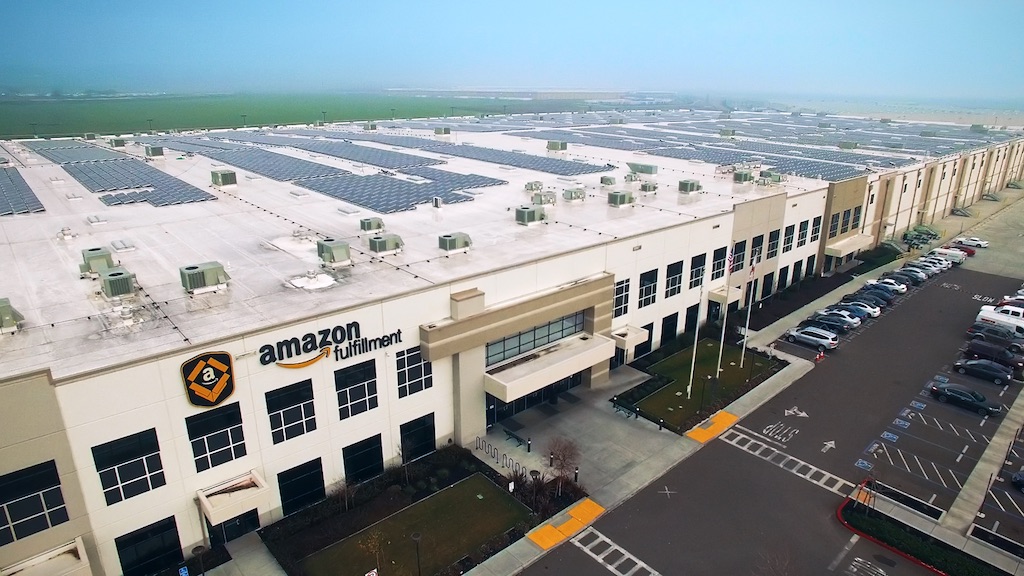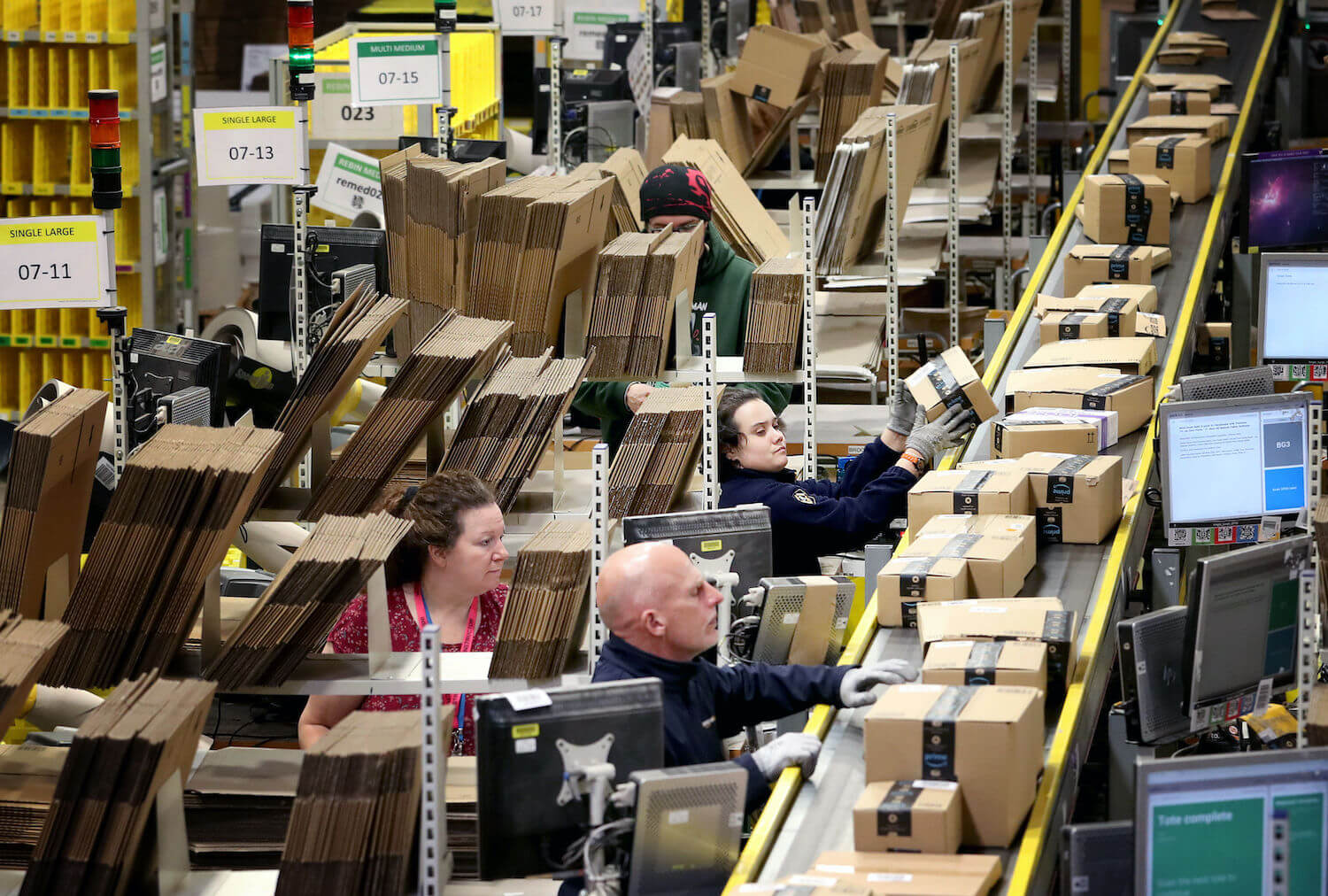
Photo by Jane Barlow/PA Images via Getty Images
The company has a long, documented history of anti-union efforts. If successful, this new campaign could galvanize workers across the country, as well as at Whole Foods.
For years, Amazon employees have fought for unions and been quashed by their powerful employer. At last, they are poised to succeed.
On Friday, the National Labor Relations Board (NLRB), the federal agency that oversees union elections, declared that some 6,000 workers at the commerce giant’s Bessemer, Alabama, warehouse will participate in a much-anticipated weeks-long vote beginning in February. If successful, the drive would be a victory for labor unions, which would gain a foothold in America’s second-largest private employer.
The Retail, Wholesale and Department Store Union (RWDSU), a New York-based union, would represent an array of warehouse workers at the fulfillment center, including full- and part-time staff, and hundreds of seasonal associates. Managers, office workers, and truck drivers would not be included.
(RWDSU declined to comment to The Counter. Amazon did not respond to a media request by press time.)
The union push comes at a time when Amazon’s warehouses have come under increasingly heightened scrutiny. During the pandemic, the company has gone on a global hiring spree, hiring thousands of workers every day to keep up with a surge in demand. Some warehouse workers who voiced concerns and alleged unsafe conditions have been illegally fired. A union could advocate for improved safety standards, better training, and more protections for workers who speak out, according to RWDSU.
If the drive succeeds, it could set off a wave of organizing at other warehouses around the country. While unions are a prominent presence in Amazon’s European warehouses, the company has successfully fought off efforts in the United States. There hasn’t ever been a successful union drive in the company’s 25-year-history; the most recent vote failed in Delaware in 2014.
“If you can start to get some of their U.S.-based [workers] successfully organized with the union, that could lead to other cities doing that.”
“The biggest thing is Amazon is one of the biggest employers in the United States,” a Cornell labor expert told NPR. “If you can start to get some of their U.S.-based [workers] successfully organized with the union, that could lead to other cities doing that.”
Amazon has long been criticized for grueling working conditions that cause serious injuries, and rock-bottom pay that forces workers to rely on public benefits. But the company has made it clear that it strongly opposes the presence of unions in its facilities. And the extent it has worked to stop them from making inroads are the stuff of legend: heat maps, data visualization, internal spies, and literal Pinkerton agents.
“Amazon controls everything from bathroom breaks to communication with other employees,” Tom Kochan, an MIT labor professor, told CNBC last fall. “If a union comes in, they’re going to lose some of that control, and that’s ultimately what they fear most.”
Those union-busting tactics have come to the fore as worker efforts have heated up. In 2018, Gizmodo reported that Amazon distributed a 45-minute training video to managers at Whole Foods, where workers had announced their intent to unionize. The animated video, set in an Amazon fulfillment center, included tips on “warning signs,” and suggested language that managers could use to dissuade workers from organizing.
In November, RWDSU filed a formal petition with the NLRB to represent workers in Alabama, where stockers said they had been “worked to death.”
The next year, Amazon workers, backed by RWDSU, announced a union push at a new Staten Island, New York, fulfillment center, and went on strike in Shakopee, Minnesota, during Prime Day, the company’s annual one-day sale. Around the same time, a group of Amazon employees known as Fulfillment Center Ambassadors, who are paid to tweet nice things about the company, attempted to slow down the momentum with anti-union messages. (Neither effort has culminated in a union election.)
Last year, as the pandemic shone a new light on the working conditions of warehouses, and consumers around the world turned en masse to online shopping, Amazon workers again spoke out, and demanded safer working conditions and staged walkouts. By the fall, the company said that nearly 20,000 American workers, including those at Whole Foods, had tested positive for the virus. In November, RWDSU filed a formal petition with the NLRB to represent workers in Alabama, where stockers said they had been “worked to death.”
Predictably, the company has focused its union resistance efforts there. Vice reports that Amazon launched a new anti-union website, doitwithoutdues.com, that implores warehouse workers to “get the facts” about unions, and to call the labor board to revoke union authorization cards. It’s illegal for employers to intimidate workers during a union drive, but Amazon and other companies are known to hire attorneys that specialize in crafting language that skirts the law.
The vote does not directly impact other Amazon workplaces. Nevertheless, activists say that a successful campaign could inspire similar efforts across the country. “The common narrative with Whole Foods and Amazon has been that unions are just for-profit businesses that are in decline, and they’re trying to get members, and they’ll add up all the dues in a year, and that’s very manipulative,” said Tyler Robertson, a former Whole Foods employee who helped organize a national sick-out in April. “We want drives like this to succeed to prove to other rank-and-file team members that this can work, and that they can really improve their working conditions—and that what they hear from leadership is nonsense.”
Due to coronavirus safety concerns, NLRB scheduled the vote to be held by mail. The vote will begin on February 8 and continue through March 29.


